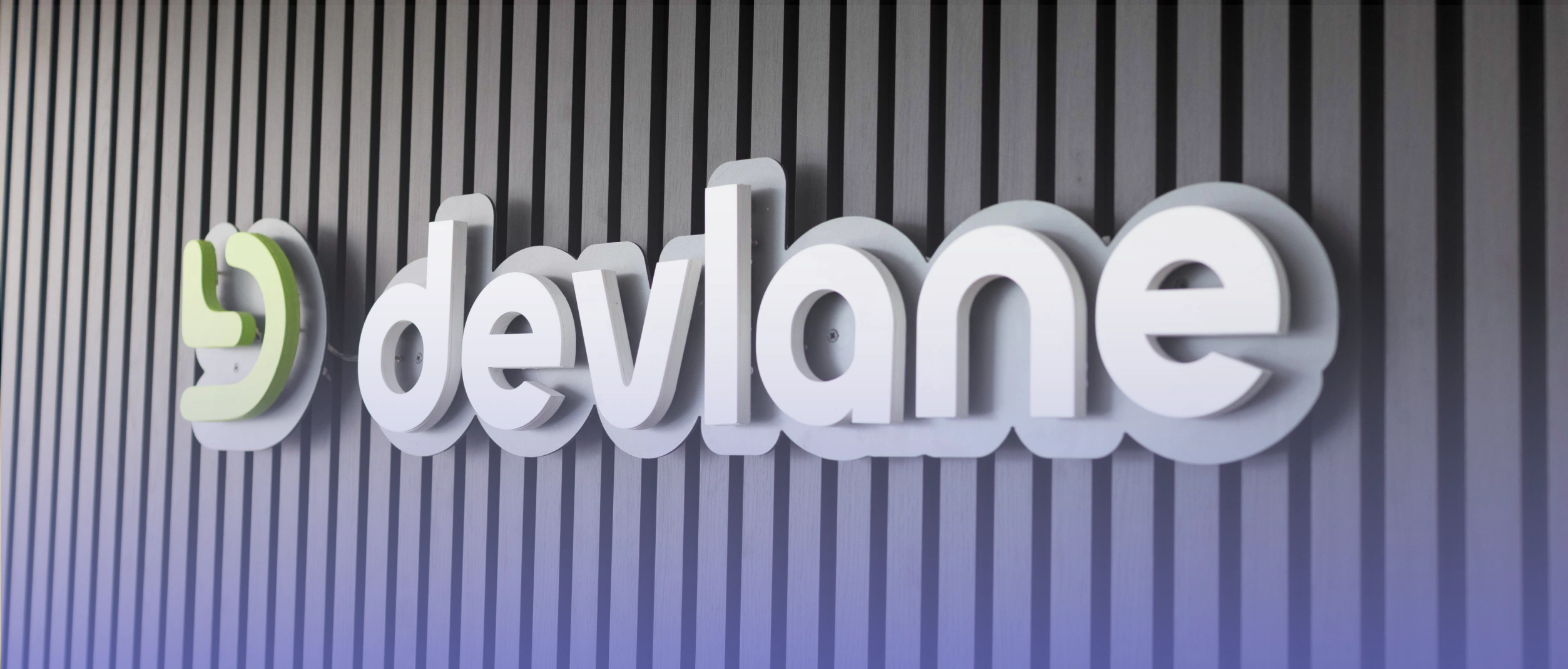From its microservices architecture to its use of containerization and advanced monitoring tools, Spotify's tech stack is a fascinating and ever-evolving ecosystem of technologies.
In this blog post, we will dive deep into the technical stack that powers Spotify's music streaming services, exploring the various technologies and tools that Spotify uses to deliver a seamless and enjoyable music streaming experience.
Spotify's journey to becoming one of the world's most successful music streaming services began in 2006 when co-founders Daniel Ek and Martin Lorentzon met and shared a vision to create a legal and affordable music streaming service that could combat music piracy.
Spotify entered the market in 2008, initially launching in Sweden and later expanding to other European countries.
One of the critical factors that helped Spotify gain traction early on was its innovative business model, which offered a freemium service that allowed users to access a limited catalog of music for free, with the option to upgrade to a premium subscription for ad-free listening and additional features.
Another factor contributing to Spotify's success was its focus on user experience. From its clean and intuitive interface to its personalized playlists and recommendations, Spotify's platform was designed to make it easy and enjoyable for users to discover and listen to music.
Spotify also invested heavily in partnerships with music labels and artists, allowing it to offer its users a vast and constantly growing music library.
In addition, Spotify's social features, which allowed users to share and collaborate on playlists with friends and followers, helped to create a sense of community and virality around the service.
As Spotify grew, it expanded its reach to new markets, including the United States, in 2011.
It also continued to innovate and improve its platform, adding new features like podcasts and exclusive content to attract and retain users.
Spotify's success can be attributed to a combination of factors, including its innovative business model, focus on user experience, investment in partnerships and content, and expansion into new markets.
By consistently delivering a high-quality music streaming experience to its users, Spotify has become a household name and a leader in the music streaming industry.
A sophisticated and ever-evolving tech stack lies behind Spotify's success in providing its users with a seamless and enjoyable music streaming experience.
To deliver a vast and constantly growing music library, personalized recommendations, and a reliable platform, Spotify employs various cutting-edge technologies and tools.
Let's look closer at the technical stack that powers Spotify's music streaming services and explore how it enables Spotify to deliver an exceptional user experience. Here is a detailed overview of the technical stack used by Spotify:
Back-end Technologies
Spotify's back end is primarily built on a microservices architecture, which allows for better scalability and maintainability of the system.
The following are the primary technologies used in Spotify's back end:
- Java: Spotify's primary programming language is Java. They use the Spring Framework for building RESTful APIs and for managing dependencies.
- Scala: Spotify also uses Scala to build some of its core services. Scala is a statically-typed Java Virtual Machine (JVM) programming language.
- Node.js: Some of Spotify's back-end services are also built using Node.js, a JavaScript runtime designed to build scalable network applications.
- Apache Kafka: Kafka is a distributed streaming platform allowing real-time data processing and messaging. Spotify uses Kafka for streaming music and handling events in real time.
- Apache Cassandra: Cassandra is a NoSQL database designed for high availability and scalability. Spotify uses Cassandra for storing user data, such as playlists and music libraries.
- Redis: Redis is an in-memory key-value data store used to cache frequently accessed data. Spotify uses Redis for caching metadata about songs, albums, and artists.
- Docker: Spotify uses Docker for containerization, which makes it easy to deploy and manage its microservices. Docker allows Spotify to package its services into lightweight containers on any platform.
Front-end Technologies
Spotify's front end is primarily built using web technologies, including:
- React: Spotify's web application uses React, a JavaScript library for building user interfaces.
- Redux: Redux is a predictable state container for JavaScript apps. It is used in Spotify's web application to manage the application state.
- Sass: Sass is a preprocessor scripting language used to generate CSS. Spotify uses Sass for styling its web application.
- Webpack: Webpack is a module bundler used to bundle JavaScript and other assets for deployment.
Infrastructure
Spotify uses a variety of infrastructure technologies to provide its services, including:
- Amazon Web Services (AWS): Spotify's services are hosted on AWS, which provides scalable computing resources, storage, and other services.
- Kubernetes: Kubernetes is an open-source container orchestration system that Spotify uses for managing its microservices. Kubernetes makes it easy to deploy, scale, and manage containerized applications.
- Terraform: Terraform is an infrastructure-as-code tool that Spotify uses to provision and manage its infrastructure on AWS.
- Prometheus: Prometheus is a monitoring system used by Spotify to monitor the health of its services and infrastructure.
- Grafana: Grafana is a data visualization tool used by Spotify to create dashboards for monitoring and analyzing data.
Overall, Spotify uses various technologies to provide its music streaming services.
Its microservices architecture, use of containerization, and focus on scalability and availability have helped it become one of the world's most popular music streaming platforms.
Did Spotify invent RTSP?
No, Spotify did not invent RTSP (Real Time Streaming Protocol). RealNetworks initially developed RTSP in the mid-1990s as a standard protocol for streaming audio and video over the internet.
However, Spotify does use RTSP as one of the protocols to deliver audio streams to its users, along with HTTP Live Streaming (HLS) and other proprietary protocols.
Spotify's use of RTSP and other technologies, such as Ogg Vorbis and MPEG audio codecs, is part of its complex and sophisticated tech stack that provides millions of users a seamless and enjoyable music streaming experience worldwide.
Spotify engineers have developed and contributed to several new technologies widely used in the industry.
One example is "Scio," a Scala API for Apache Beam that Spotify engineers developed to simplify developing and deploying data processing pipelines.
Scio has become a popular open-source technology used by many companies and developers.
Another example is "Luigi," a Python-based workflow management system that Spotify engineers initially developed to manage their data processing pipelines.
Luigi has since become an open-source technology many companies use to orchestrate their data workflows.
In addition to these contributions, Spotify engineers have also been active in developing and using various other technologies, including Kubernetes, Docker, Cassandra, and more.
By leveraging and contributing to cutting-edge technologies, Spotify has built a highly scalable and efficient tech stack to deliver its music streaming services to millions of users worldwide.
In conclusion
Spotify's success as a leading music streaming service can be attributed to its innovative business model, focus on user experience, investment in partnerships and content, and expansion into new markets.
However, behind the scenes, Spotify's sophisticated tech stack delivers millions of users worldwide a seamless and enjoyable music streaming experience.
From its use of microservices and containerization to its advanced monitoring and data processing tools, Spotify's tech stack is a testament to the power of innovation and technology in driving business success.
By constantly evolving and improving its tech stack, Spotify is poised to continue leading the music streaming industry and providing an exceptional user experience for years.
Other Blog Posts

What 2025 meant for Devlane: A year of growth and innovation




.webp)



